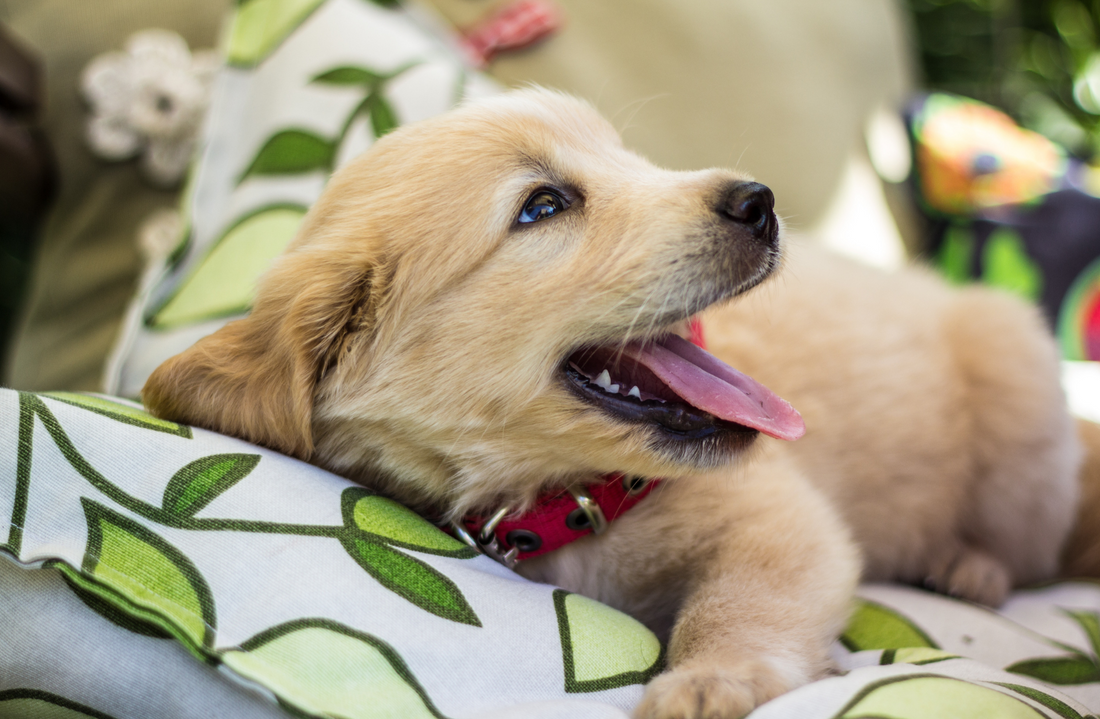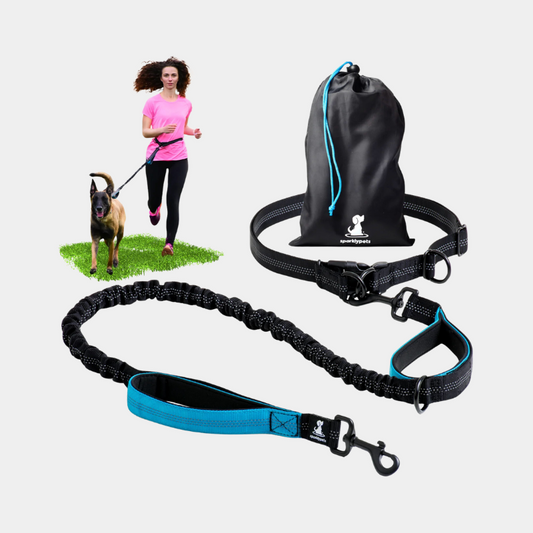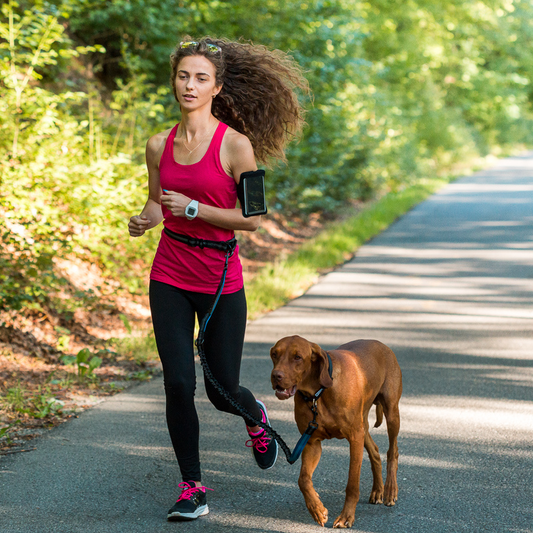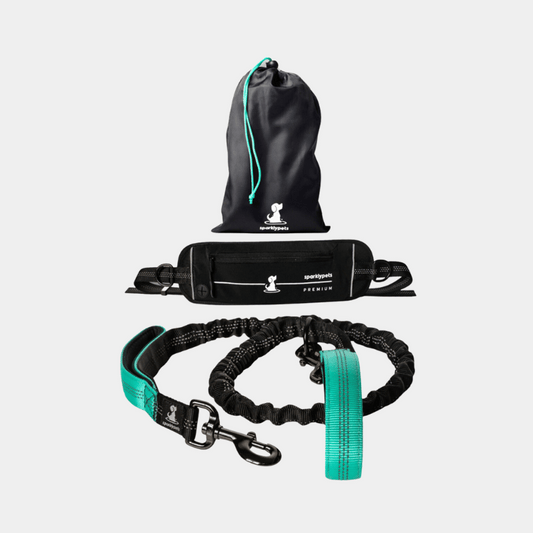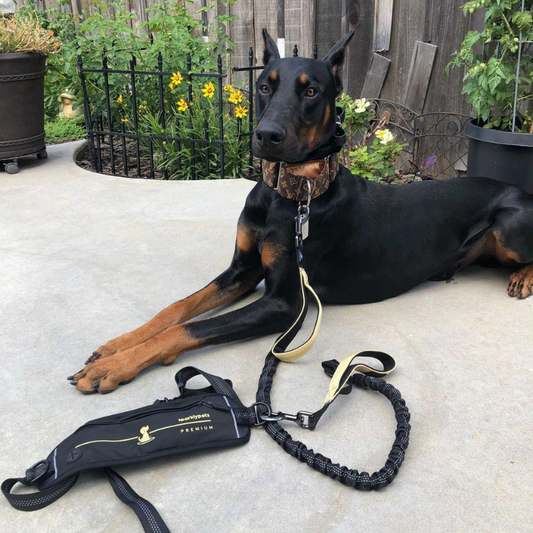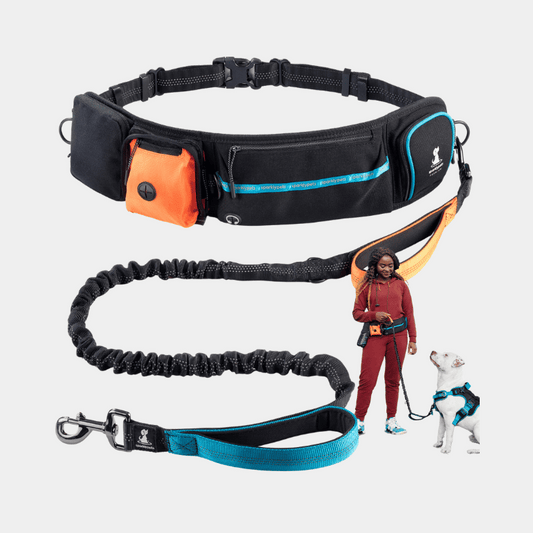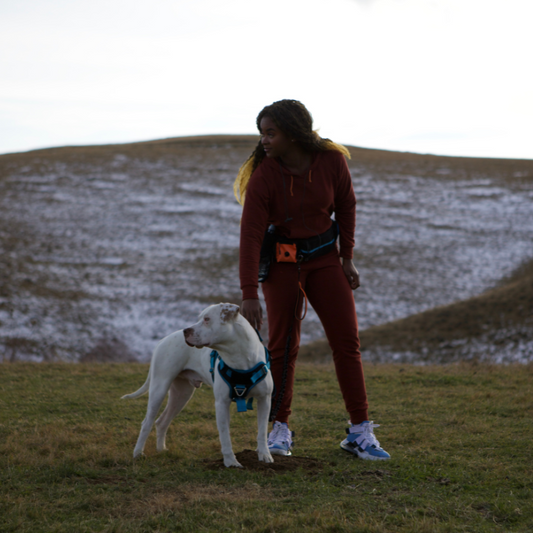Of course, all dogs bark. Some louder, some only when they’re stressed or some when they are trying to communicate. But what to do if you have a pup that won’t stop barking day and night, disturbing your sleep, your family’s quiet time or even your neighbors?
First of all, we are aware of the unpopularity of the dog collars. They used to be considered inhumane, and some of them even were. But today's market and change in technology bring us safe and humane options for bark training and, not only for that. Interestingly enough, anti-bark collars can also be used to reduce undesirable or unsafe behavior in dogs, such as food aggression or off-leash training.
At the moment here are a lot of bark training collars on the market. The discussion whether this is enough to train your dog if it has a barking problem is very long. Some say to first consider positive reinforcement, others to just accept your dog's personality. We’re sure you love your dog, and you don’t want his barking to disturb your lifestyle.
So if you decided it is time for bark training and using a bark collar, here are 3 of the most important tips!
#1 Consider your dog’s size
First thing that you need to do is make sure the bark collar is fit for your dog’s size. You definitely do not want a bark collar that is too tight - because you care for the comfort of your pup, or too loose - because it will not be efficient. The easiest way to check this is if you can only pass one finger through, between the belt and the neck.
#2 Pay attention to your dog’s sensitivity
Most dog collars of the market have both sound and vibration, but make sure you choose one with adjustable sensitivity levels. Always start with the lowest sensitivity level and work your way up only if necessary. Remember to pay attention to your dog’s needs, after all, he is your buddy and just needs a little training.
#3 Remember to continue with positive reinforcement
Your barking little fellow needs to feel more than the punishment, so make sure you always also use positive reinforcement first. Try complimenting your dog when they did not bark in a situation when they usually do. Have treats ready for them and just make sure you spend quality time. It’s what your pup loves the most!
It is always a good idea to start training when the dog is little, and first try positive reinforcement, or even a training school. It may be worthwhile to spend a few hours at home to educate your dog and if it comes to a bark collar, make sure you invest in a good one!

